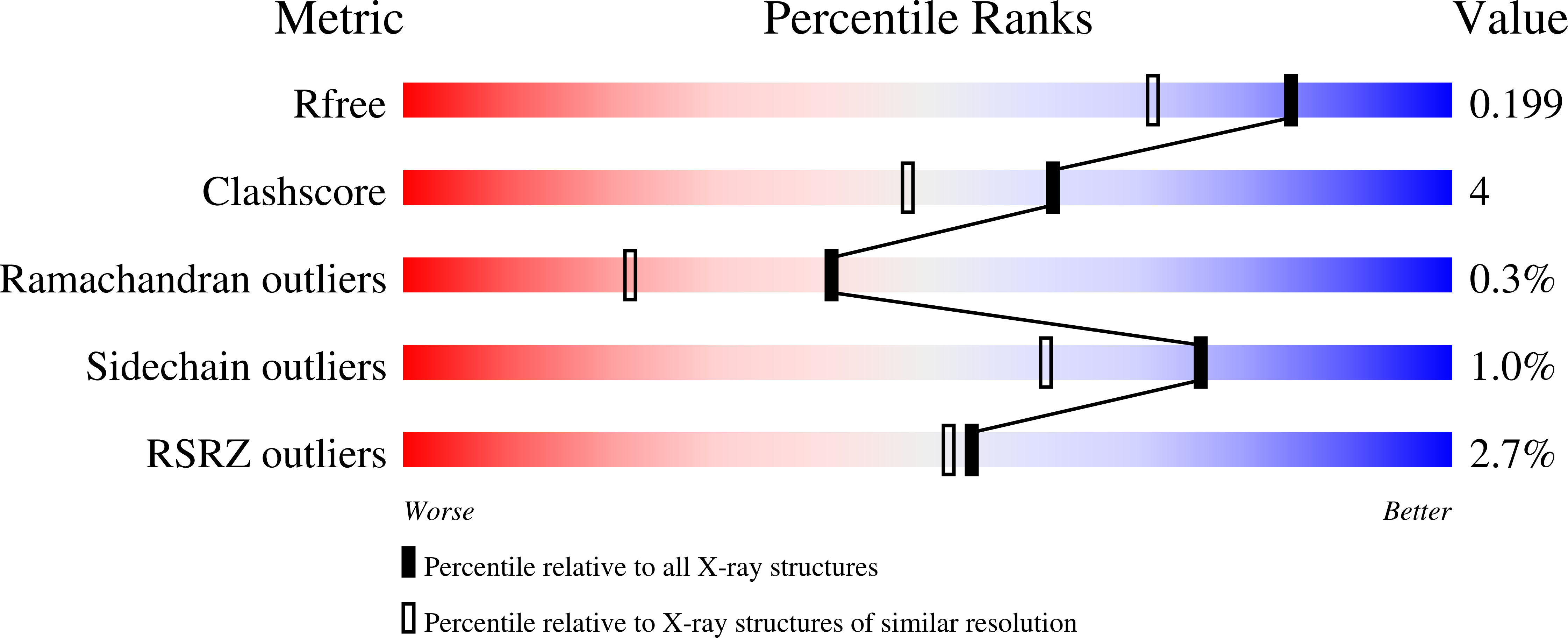
Deposition Date
2021-06-04
Release Date
2022-06-29
Last Version Date
2023-10-18
Entry Detail
Biological Source:
Source Organism:
Host Organism:
Method Details:
Experimental Method:
Resolution:
1.60 Å
R-Value Free:
0.19
R-Value Work:
0.17
R-Value Observed:
0.18
Space Group:
C 1 2 1


